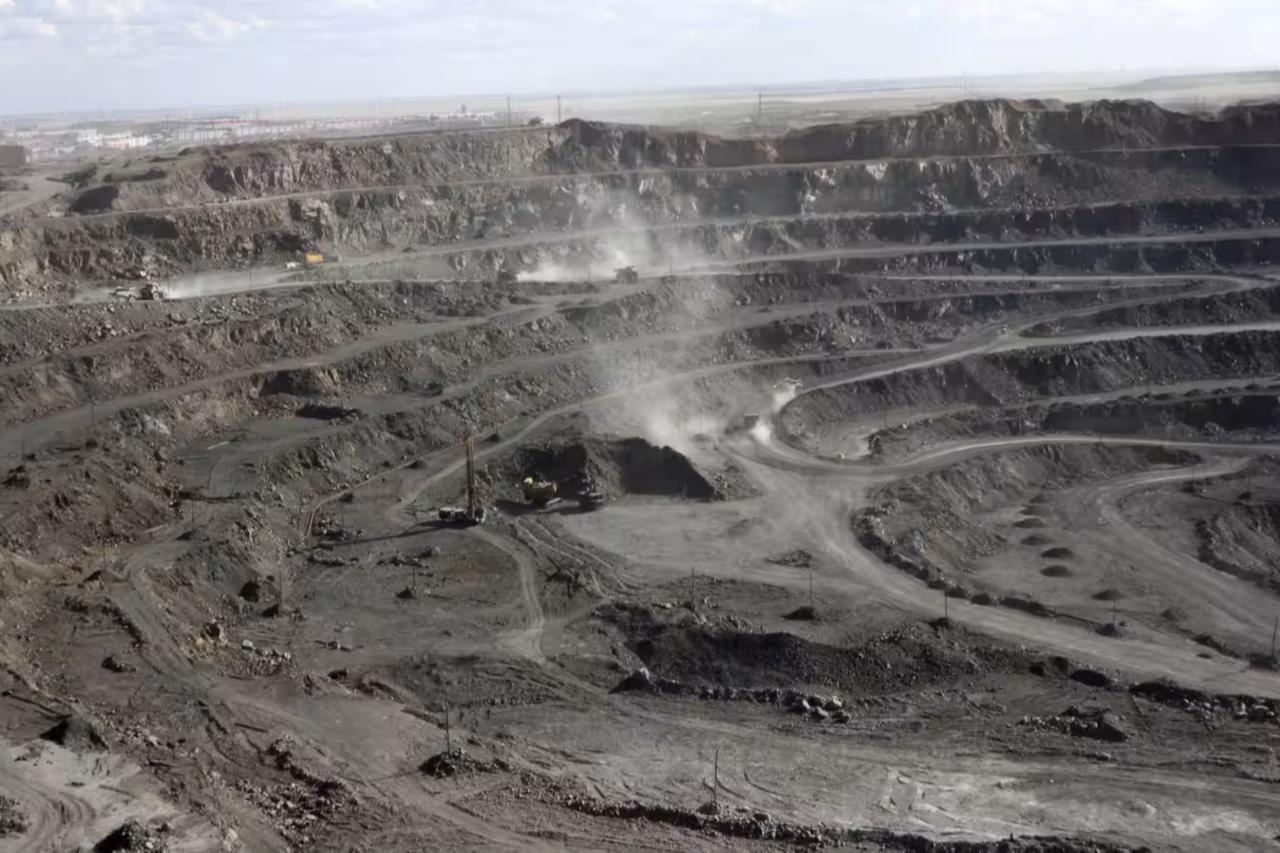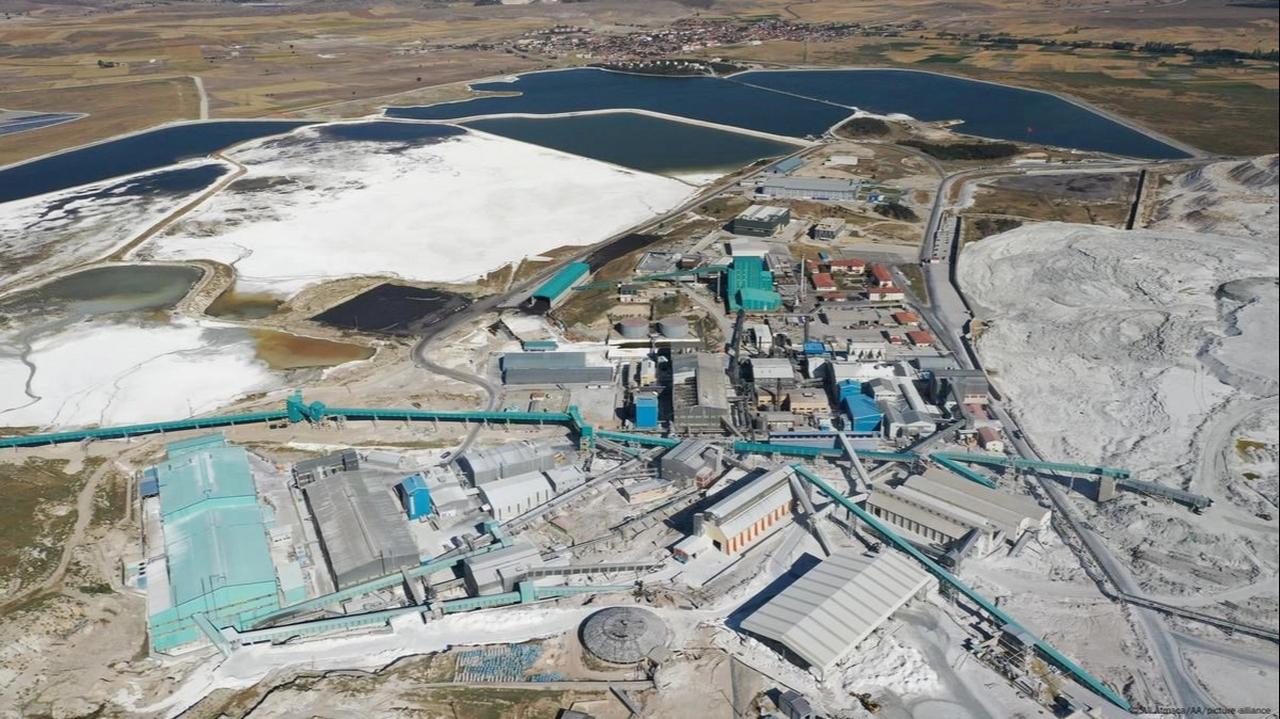
As China tightens exports of rare earth elements, analysts flag up to $150 billion in potential global output losses, while Türkiye’s Eskisehir-Beylikova deposit of 694 million tons has begun to draw the West’s attention.
Global supply chains are sliding toward a rare earth crunch that could ripple through high-tech manufacturing. Goldman Sachs’ latest analysis suggests that if China widens its export curbs, the resulting disruptions could translate into $150 billion in lost global production.
China currently accounts for roughly 70% of mining and 90% of refining in these materials, so every new restriction would feed through production lines and push costs up.
Beijing added five more elements to its export control list in October 2025, intensifying pressure on defense and automotive sectors.
Experts say each 1-point drop in rare earth supply could lift electric-vehicle costs by about 2.5%, a rise that tends to flow straight to producer and consumer prices.
Against this backdrop, Türkiye’s Beylikova field in Eskisehir has moved into focus. Analyses from the site confirm the presence of cerium, praseodymium, neodymium, and yttrium, all vital to wind turbines and electric-vehicle motors.
According to sector reporting, U.S. officials have begun preliminary contacts with Turkish counterparts regarding development options. With strategic elements such as neodymium, cerium, and praseodymium identified in the field, the deposit positions Türkiye as one of the strongest non-China alternatives.
Ahead of a planned meeting with Xi Jinping, U.S. President Donald Trump is preparing an Asia tour. Within this push, Malaysia, Japan, and South Korea have signed critical minerals agreements aimed at building a new supply axis to balance China’s mining and processing dominance.
As pressure on Beijing grows, countries sitting at key geopolitical junctions—including Türkiye—could emerge both as investment destinations and as strategic partners.

“Rare earth elements” refers to a group of 17 metals used across high-value technologies—from defense systems and renewable energy to electric vehicles and AI-class chips. They show magnetic, phosphorescent (light-emitting), or catalytic properties, and are difficult to separate because they share similar chemistry.
The full group includes: lanthanum, cerium, praseodymium, neodymium, promethium, samarium, europium, gadolinium, terbium, dysprosium, holmium, erbium, thulium, ytterbium, lutetium, yttrium, and scandium.
Analysts note that even a modest supply cut could accelerate capital flows toward new resource holders. With the right processing technology and environmental infrastructure, Türkiye could fit into Western supply chains as a reliable partner while also speeding up localization in defense, energy, and technology manufacturing.
Economic circles view a new “supply map” as urgent to offset potential losses and place Türkiye at a promising crossroads in the years ahead.